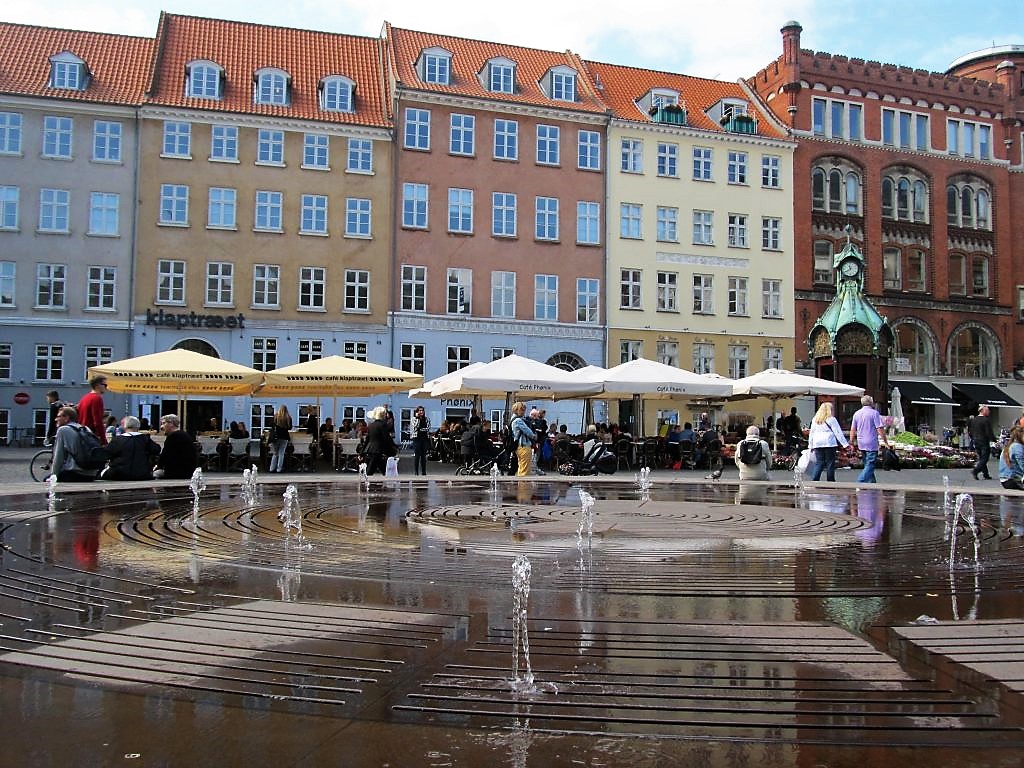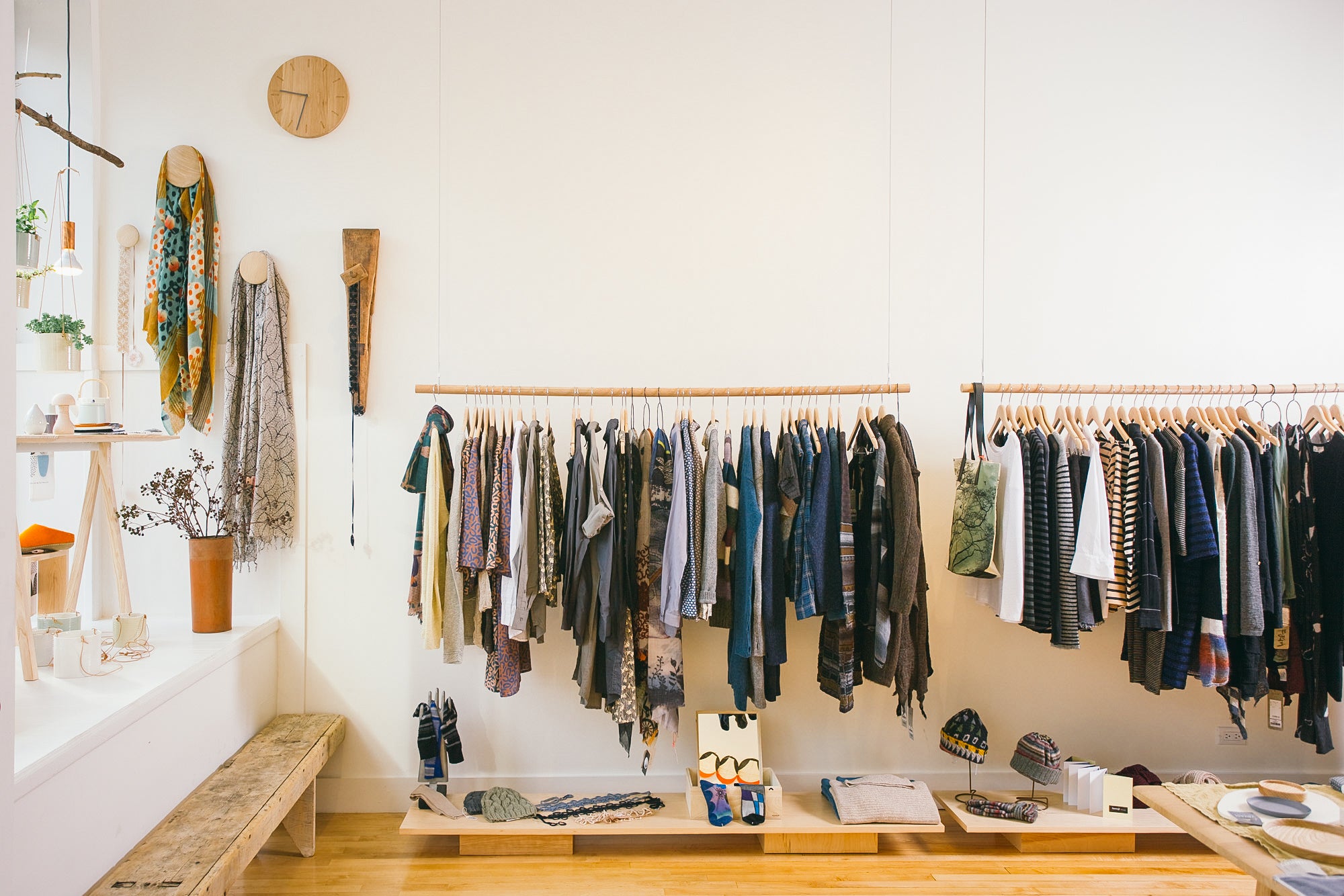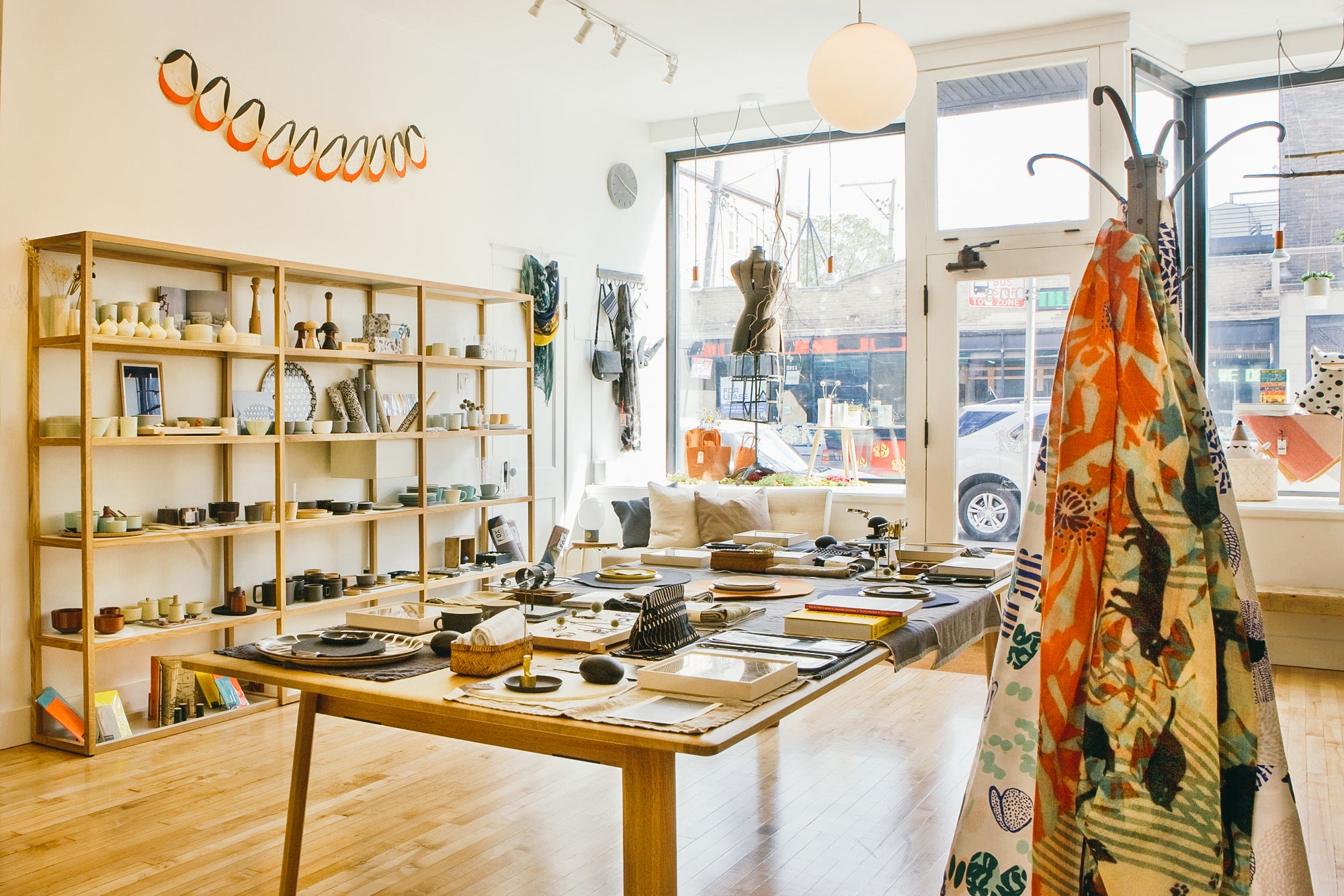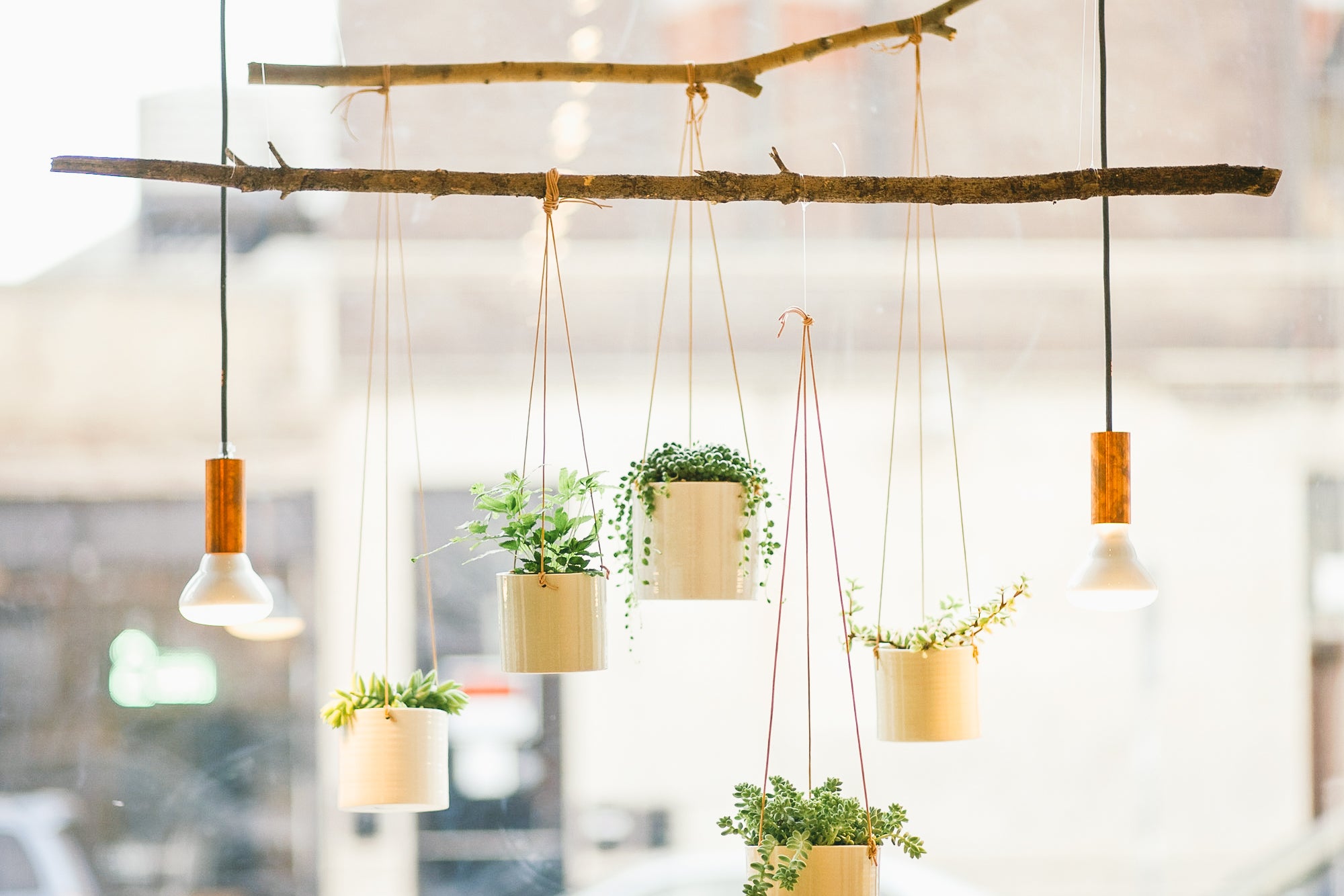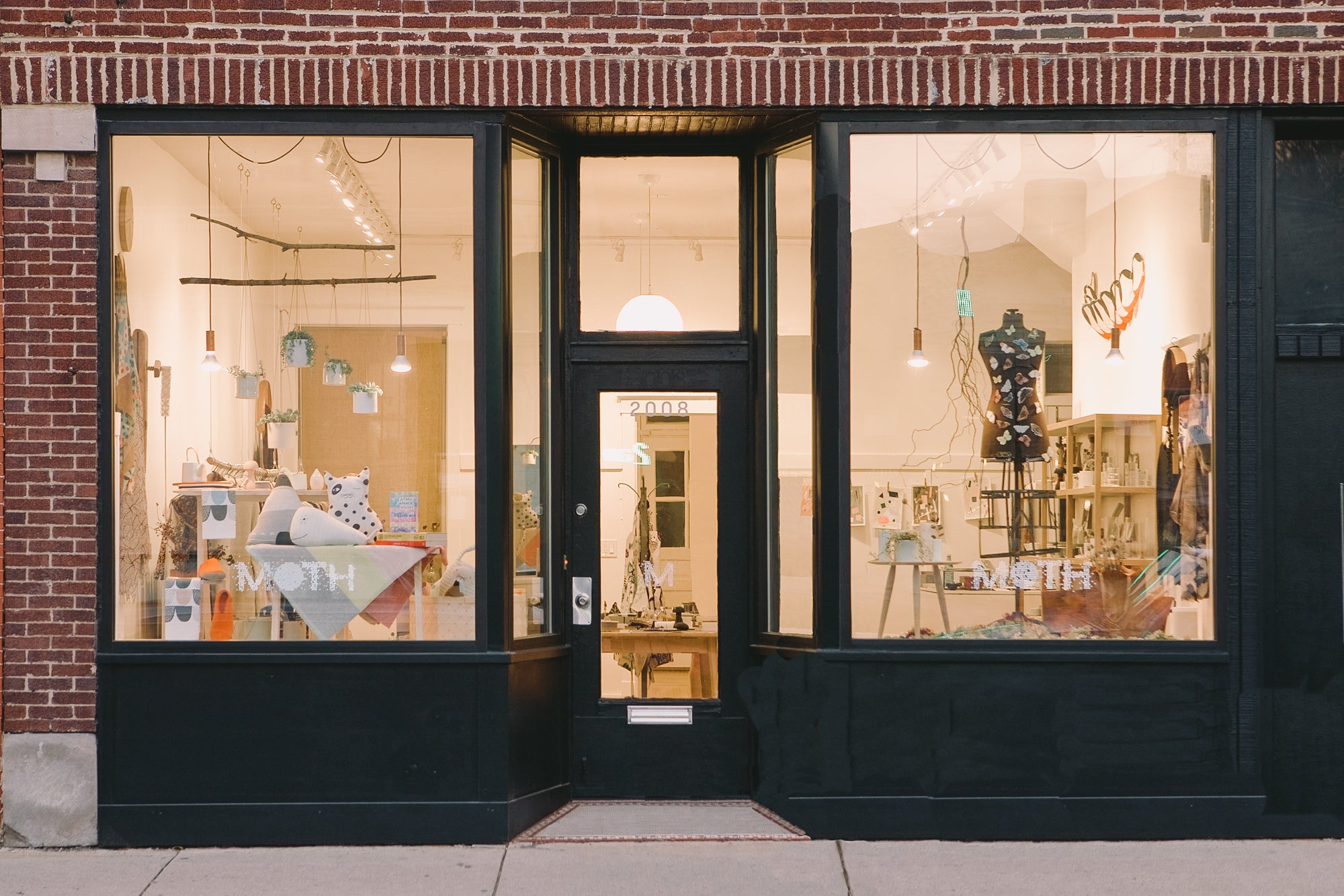Day 1
My flight lands at Copenhagen airport.
I have been coming here for decades with my family, so I have an established routine. The very first thing I like to do once I clear customs is to make my way to Lagkagehuset, a famous bakery chain in Copenhagen. I love their Wienerbrød or Danish pastry, made with real butter and almond or pecan filling. When I first had one some 30 years ago it was like nothing I’d ever tasted, fresh and perfectly baked. I feast on one now and feel myself reviving after the long flight.

Record high temperatures greet me outside—it’s somewhere in the high eighties. In front of my hotel on the water, I see people in bathing suits jumping into the canal from the piers, and I stare at them in some amazement. The water is that clean here!


I drop my bags off at the hotel and set out again into the Copenhagen sunshine. It’s still early so I head towards the city’s main artery, Strøget, a long pedestrian street famous for its boutiques and international flagship stores. An essential place to visit is Illums Bolighus, a shop and design center that showcases the best in Danish and international design. I first encountered artists and brands like Anne Black and Tina Marie at this shop, and I continue to make a yearly pilgrimage here to get a sense of what’s happening in design. I also love the ritual of coming here and being physically present in the space with these beautiful objects.


I have some ice cream at Frellsen, a chocolatier. I don’t know why it’s so good!

I continue my walk through Copenhagen, running my eyes along the brightly painted rows of houses lining the streets and enjoying the look and feel of the cobblestones under my feet. The traditional architecture of the city favored wooden frames and plaster finishes in different colors, lending the city a welcoming air. Even today, the city balances its newer constructions with historic preservation and manages to maintain a strong connection to the past.


There are also bikes everywhere—everyone seems to commute this way. In an amazing feat of modern urban planning, the streets have been separated into pedestrian sidewalks, cycle tracks, and street-level roads for the cars to pass through. Each section is at a slightly different elevation, distinctly marked and wide enough to accommodate a lot of traffic. It’s impressive to see bottlenecks of cyclists form at the intersections at rush hour; they crane forward on their seats and wait patiently for the lights to change.

I pass by several interesting looking restaurants including BioM, which serves an all-organic menu, and a floating restaurant on the water, sleek and modern with a wood paneled façade.


Eventually, Tivoli Gardens comes into view. It’s a 175-year-old amusement park in the heart of Copenhagen and its effect is slightly surreal, as though one has stepped back in time to the late 1800’s. As one of the world’s oldest functioning amusement parks, many of the classic rides like the Ferris wheel, carousel, and roller coaster have preserved some of the historic architectural features of the original rides. My husband Fred used to come here when he was a child, and so did his father before him. There is a real sense of continuity between the past and present in this city.


Day 2
I wake up feeling refreshed after a decent night of sleep.
Feeling hungry and in need of coffee, I head towards Torvehallerne, a fresh food market on Frederiksborggade. The outdoor market is located in a large square and boasts an amazing selection of local produce. I spot some gorgeous Chanterelle and Portobello mushrooms as I push through the crowd on my way to the indoor market.

The indoor market and food hall are encased in two adjacent glass pavilions. They are filled with booths selling meat and dairy products, baked goods, sweets (the famed licorice maker Lakrids has a booth here), coffee and other beverages, and delicious restaurant fare. I really believe that this place contains all the best food in Denmark!

First, I swing by The Coffee Collective, which serves exceptional coffee (it’s incidentally the only place that serves iced coffee). Then drink in hand, I peruse the many booths and menu selections, admiring the displays of cheeses and pastries before eventually settling for an open faced grilled fish sandwich. I sit down to eat at one of the outdoor picnic benches and look over my neighbors’ lunches: a salad of mixed greens, goat cheese, nuts, and thin slices of prosciutto; a cheese plate with giant olives; halved langoustines herbed and grilled to perfection, served with a generous smear of cream cheese.


Having satisfied both my eyes and my stomach, I head towards my main objective for the day—the annual juried crafts fair at Danske Kunsthåndværkere & Designere, showcasing more than 130 professionals working in ceramics, glass, textiles, wood, and jewelry. It’s an important event that I attend every year. My two objectives are to touch base with the vendors that I already know and carry and to find new artists to represent.
Under the wide, sunlit umbrellas that run the length of the fair, I find two promising artists, Charlotte Serup and Bee Bowen.

Charlotte Serup is a Danish ceramicist whose work I first discovered on Instagram. I knew that she was going to be exhibiting at the fair, so I seek out her stand and introduce myself.
Charlotte is inspired by the meal. People, food, dishes and utensils come together for a pleasurable and visceral experience, and her ceramics serve to heighten this. She talks a lot about being present (with one another, while eating) and her beautiful handmade dishes, brilliantly hued with undertones of rust and dark colored earth, embody that presence. They command a certain attention and evoke pleasure in handling. I really hope to carry her ceramics one day.

My interaction with Bee Bowen is more serendipitous. I see Bee at her stand wearing a gorgeous dress imprinted with what look like tree leaves, and I approach her in order to find out more about what she does. Bee is a Danish botanical dyer who creates 100% handcrafted, one-of-a-kind textiles, clothing and accessories. Her work is fascinating—she dyes sustainably with locally foraged flora, so that every section of her pieces is different. Leaves and other plant materials are pressed into the textile and allowed to imprint onto it, releasing interesting colors and textures. I derive a lot of inspiration from nature so I feel drawn to these pieces. I purchase a scarf from her and initiate talks about selling her work at Moth in the future.

Feeling good about these and other interactions, I decide to move on.
Cinnober is an independent bookshop that sells a wide selection of art and design books and stationery. The shop is located just below street level, and going down the steps to reach the entrance makes the experience inviting and exciting. I love coming here.


The space itself is nicely laid out and curated. It’s long and narrow with shelves lining one wall and tables standing in the middle, their surfaces covered entirely in books. One of the owners, Ulla Welinder, is a graphic designer with a keen interest in Japan, so I enjoy chatting with her and hearing about her new book selections for the store (Moth carries some of the same titles as Cinnober, a fact that allows us to bond over a number of artists and architects we both hold dear). In addition, Cinnober has exhibitions throughout the year, so I never know what I’m walking into; it adds an incentive to drop in whenever I can.

After browsing the books for about an hour, I leave to make my final appointment of the day at a turn of the century apothecary shop located in the historic neighborhood of Nyboder. The Copenhagen-based design collective Frama has its showroom here.

The space is raw and unencumbered with a fully restored ceiling and an original 1800’s apothecary cupboard made up of shelves and tiny medicine drawers. Personal care products from the Apothecary collection dot the cupboard.

Elsewhere in the shop, Japanese ceramics line solid oak Frama shelves. The individual shelves are mounted to the wall with screws and thin brackets of brass and stainless steel, but some of the larger installations also make use of long vertical oak rails. The effect is simple, beautiful and strangely rustic, as though the materials used in creating them have existed for a long time.

I meet with commercial manager Fredrick Egeland to discuss purchasing options, and Frederick takes this initial opportunity to fill me in on the history of the apothecary, Frama’s mission, its design aesthetic, and the collaborations it cultivates with different producers (working with Japanese craftspeople to produce the ceramics, for example).


Eventually, the conversation goes in a different direction as Fredrick tells me about his other role as one of the founders of AURE, a clothing brand and design studio that draws its inspiration from natural materials and textures. The garments are gender neutral with an emphasis on clean lines, monochromes, and a comfortable, well-tailored fit.
As we continue chatting, an unexpected coincidence presents itself: apparently, AURE shares its studio with none other than Karin Carlander, a well-known Danish textile designer that Moth has carried since the very beginning. Her studio is on my list of places to visit! Connections are frequent within this industry, but they never fail to surprise me.

Fredrick convinces me to visit AURE’s pop up show at Kinfolk’s headquarters, which consist of a second-floor office and an adjacent gallery space for exhibitions. Kinfolk is one of the most iconic lifestyle magazines out there, so a part of me is curious to see what their space looks like. Once there, I meet one of the editors and peruse AURE’s collection, which fits on a single rack. The show’s minimalist aesthetic brings every item on display into stark relief and I’m able to see more detail. I buy a pair of the Atelier Trousers in support of this new business.

